8 Innovative Japanese Skull Tattoo Idea Designs And Meanings
Find the symbolism of Japanese skull tattoos, where life, death, and rebirth intertwine.
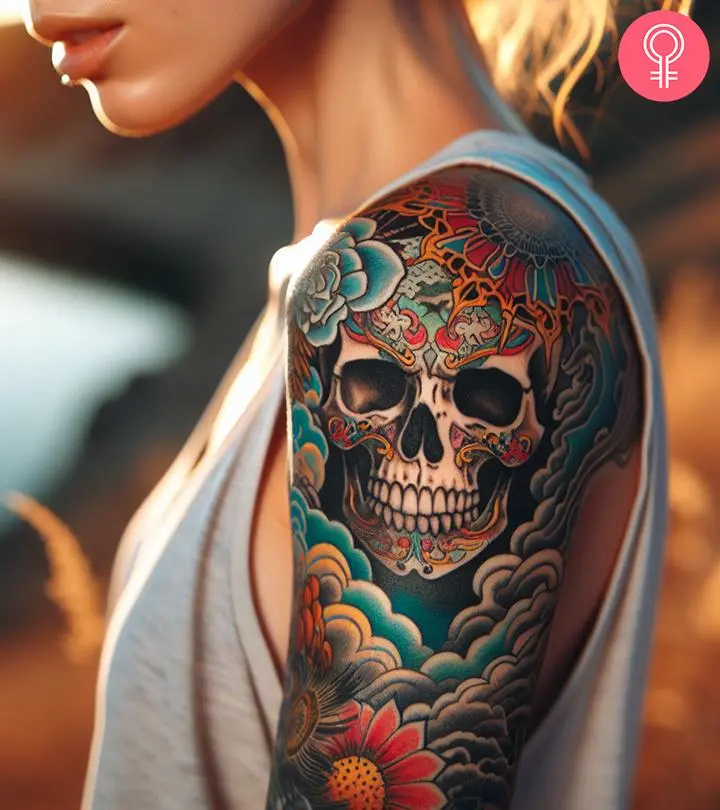
Image: Midjourney/ StyleCraze Design Team
Skulls are not just for the spooky season anymore! Japanese skull tattoos represent transformation and even a spiritual world connection. The skull is often viewed as a symbol of death. Here, it is recast into a representation of the preciousness and fleetingness of life along with the enduring strength that lies within us all. Drawing from Japan’s rich cultural heritage, these tattoo designs incorporate elements of traditional Japanese art, such as delicate cherry blossoms, fierce dragons, and flowing waves. The end picture is a harmonious yet powerful design. In this article, we uncover fascinating Japanese skull tattoo ideas that will remind you of life’s impermanence. Keep reading to learn more!
In This Article
Historical Context Of Japanese Tattoos
Japanese tattooing dates back to prehistoric times, with evidence of early tattoo practices found on clay figurines around 5000 BC. Interestingly, tattoos were first mentioned in Chinese literature, where they were described as a barbaric practice. This negative view, influenced by Chinese culture, shaped Japan’s early attitude toward tattoos. As Japanese rulers adopted Chinese customs, tattoos became linked with shame, and the stigma surrounding them grew.
From the 7th to the 17th century, tattoos were primarily used for punishment. Criminals were branded or tattooed as a mark of disgrace. However, towards the end of the 17th century, tattooing began to shift from a punishment to a form of decoration. This marked the beginning of tattoos as a popular art form in Japan.
In the 18th century, tattoo culture grew even more, boosted by the invention of woodblock prints and new illustration techniques. But despite the rising popularity, tattoos still faced legal restrictions. It was in the 19th century that Japanese tattoos truly flourished. This period gave birth to many iconic designs we recognize today, featuring mythical creatures, samurai, and nature elements. As laws relaxed, tattoo artists gained recognition, ensuring that the tradition of Japanese tattooing would continue to be passed down through generations.
In the next section, we will discuss the various Japanese tattoo techniques, as in the evolution of these tattoos, this technique has played a major role and defined Japanese tattoo artistry. To know more, read our next section.
Japanese Tattoo Techniques
Traditional Japanese tattoo techniques, like “tebori” (hand tattooing), are known for their beauty and craftsmanship. Tebori is an old method where artists use hand tools made from wood, metal, and silk to carefully poke the design into the skin. This technique takes a lot of skill and patience, and it gives tattoos a special texture and feel that you can’t get with modern machines.
In modern Japanese tattoos, the lines are bold and smooth, often with elegant twists. The colors are bright and the shading is soft which adds depth to the design. Understanding these techniques helps you really appreciate the art and craftsmanship behind Japanese tattoos.
Keep reading to learn the meaning of Japanese skull tattoos.
Meaning Of A Japanese Skull Tattoo
In Japanese culture, skulls are not morbid but a reminder of life’s impermanence, encouraging one to live fully and meaningfully. They may also symbolize:
- Cycle of life
- Inner Strength
- Protection
- Wisdom from ancestors
- Cultural heritage
In some Japanese beliefs, skulls bridge the physical and spiritual realms. They can represent a connection to the unseen world. Head over to the following section to discover some intriguing and creative skull tattoo designs with a distinct Japanese touch.
8 Innovative Japanese Skull Tattoo Idea Designs And Meanings
Some believe that skull tattoos ward off evil spirits and bad luck, serving as a protective talisman. Check out the tattoo designs that protect you from negative energies surrounding you below:
1. Traditional Japanese Skull Tattoo
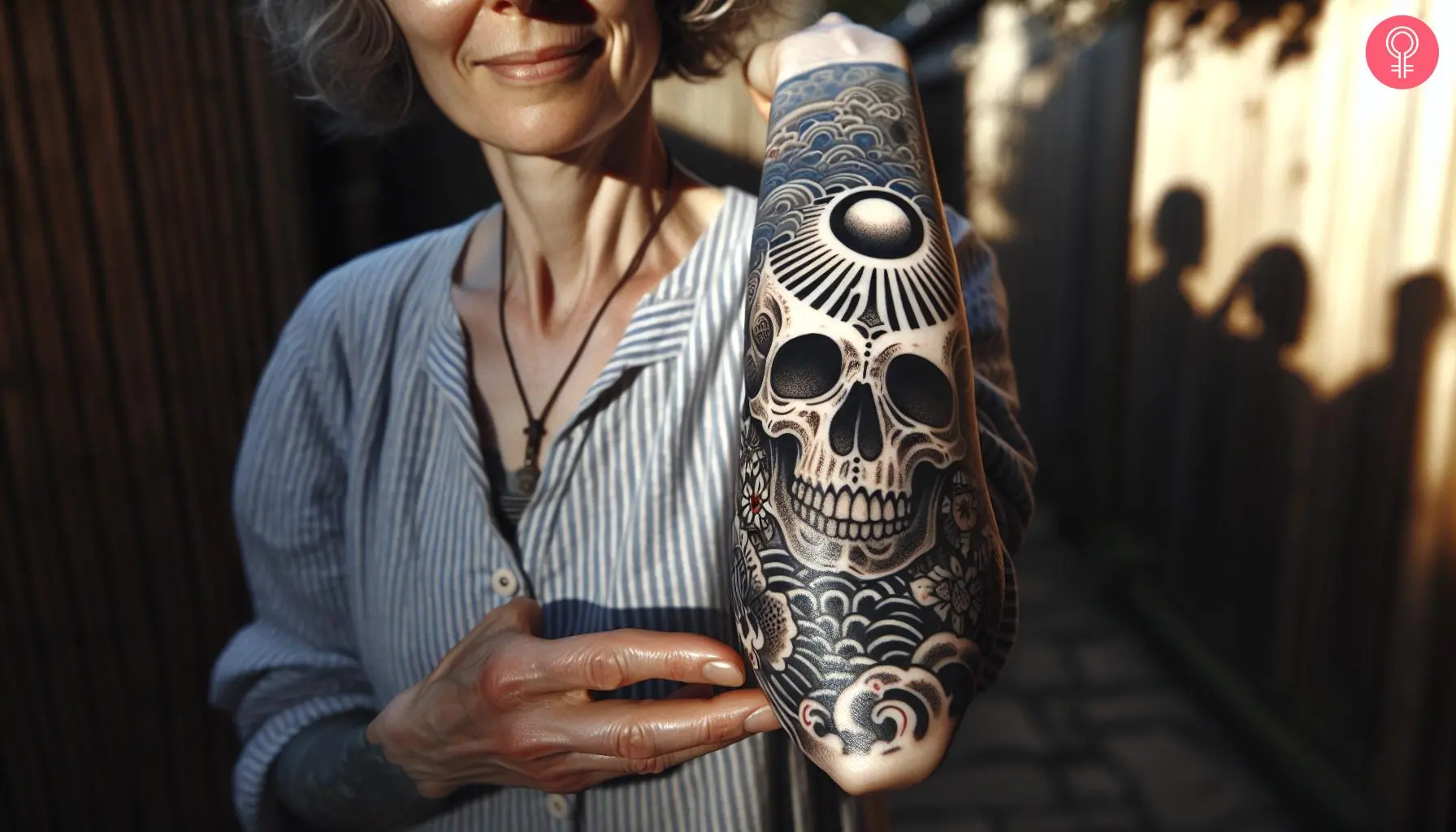
This forearm tattoo features a black skull that serves as a memento mori. Above it, a radiant sun with bold rays bursts forth. It symbolizes rebirth and the cyclical nature of life and death. Black wave-like patterns surround the skull. They may represent the storms of life or the ever-flowing current of time. This is a great idea for a refreshing Japanese half-sleeve tattoo design.
2. Yokai Japanese Skull Tattoo
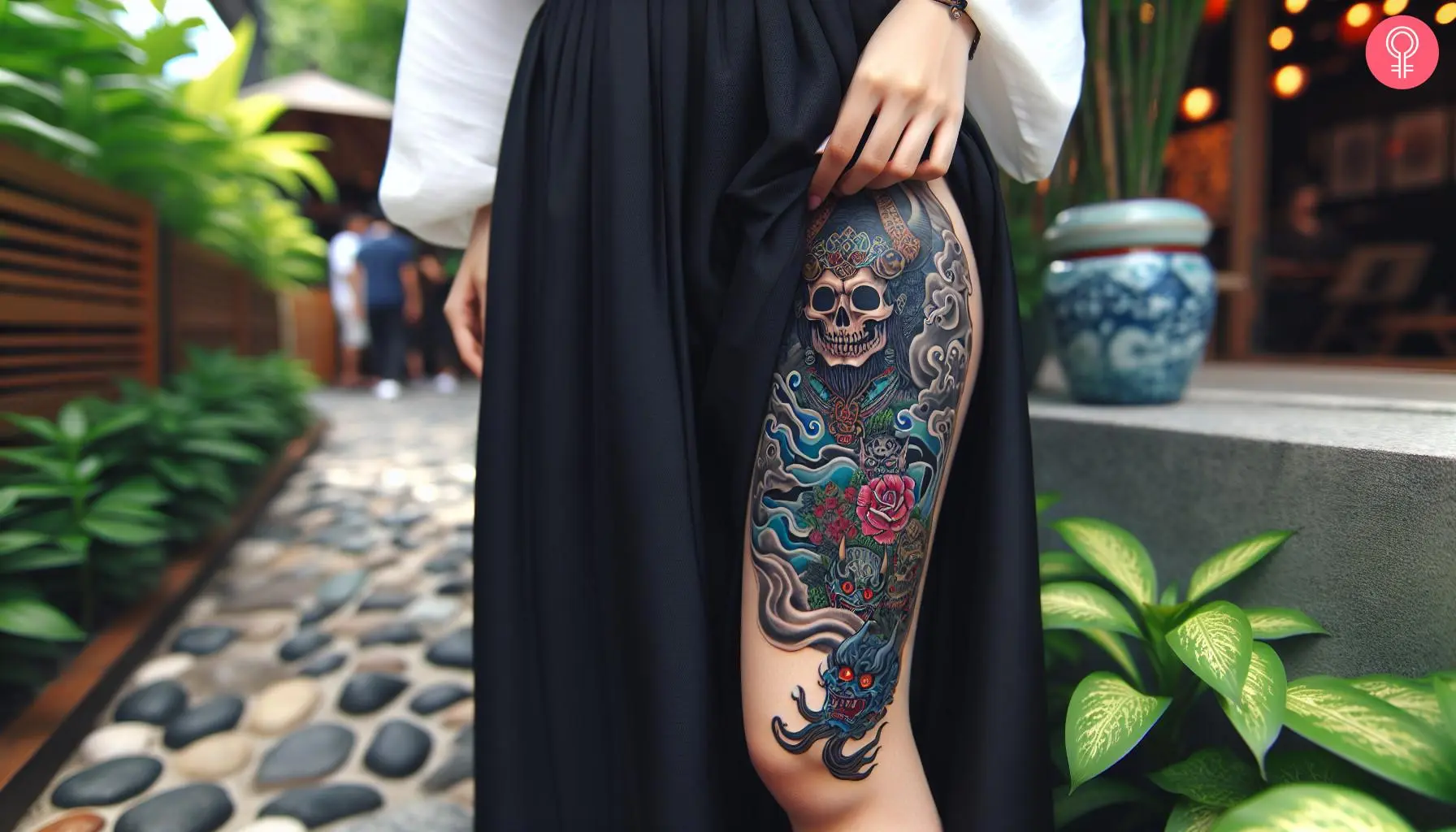
This thigh tattoo features a vibrant twist on a Japanese skull motif. It symbolizes the balance between life and the supernatural. A white skull is surrounded by mischievous blue Yokai with horns. The background is a moody blue-gray, punctuated by a large, vibrant pink rose. This tattoo could represent a personal fascination with Japanese folklore.
3. Japanese Samurai Skull Tattoo

This calf tattoo features a stoic samurai clad in traditional armor and a menacing skull-faced kabuto helmet. The samurai represents the Bushido code that emphasizes honor, loyalty, and bravery even in the face of death. The skull is a reminder of impermanence.
4. Japanese Water Skull Tattoo
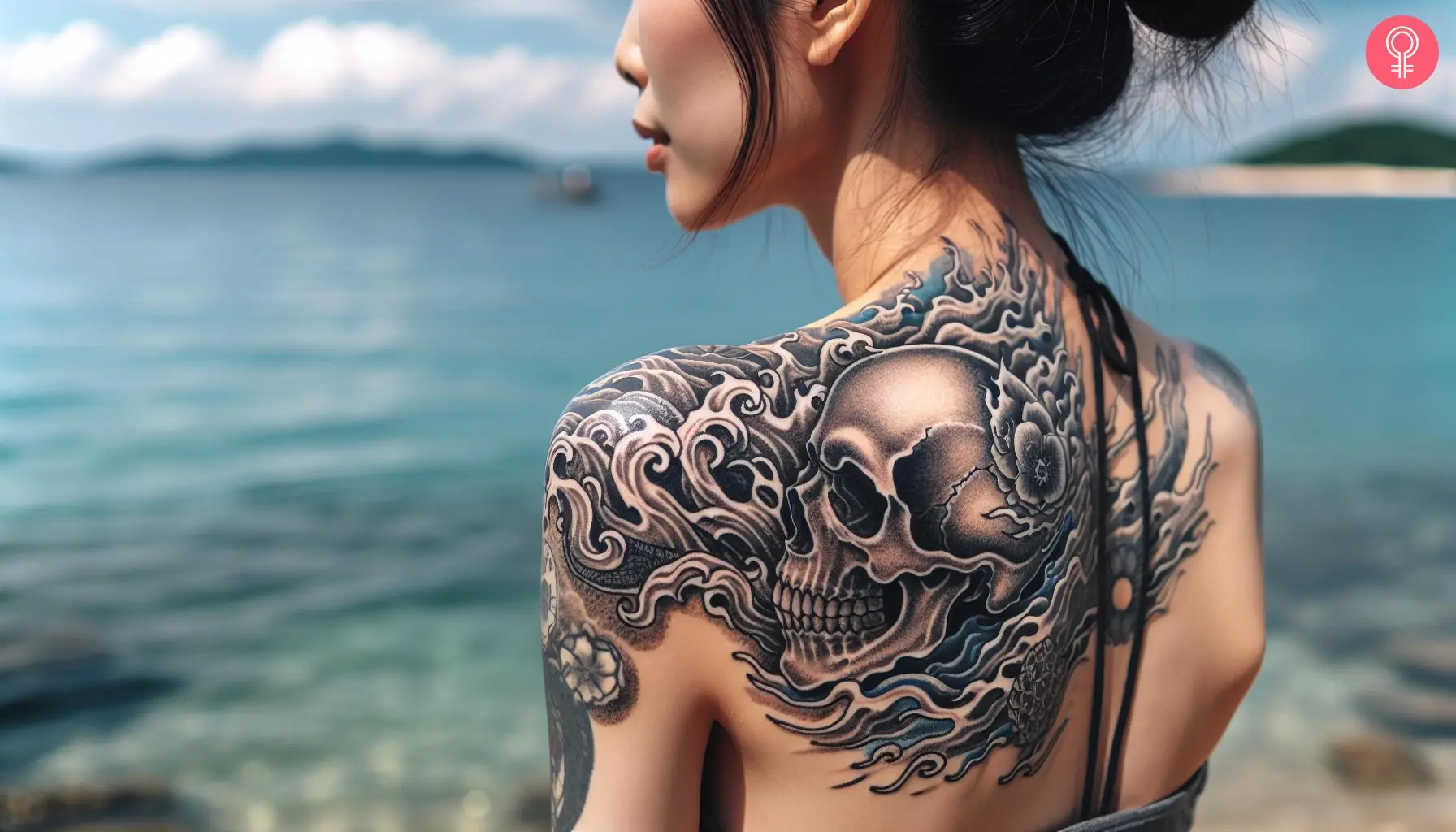
This back shoulder tattoo features a black skull rendered in profile that gazes outwards. Crashing waves, depicted in a traditional Japanese style with bold lines and black shading, surround the skull. They evoke the power and ever-changing nature of the ocean. The placement offers a glimpse of the design with movement or when the arm is lowered.
5. Japanese Dragon And Skull Tattoo
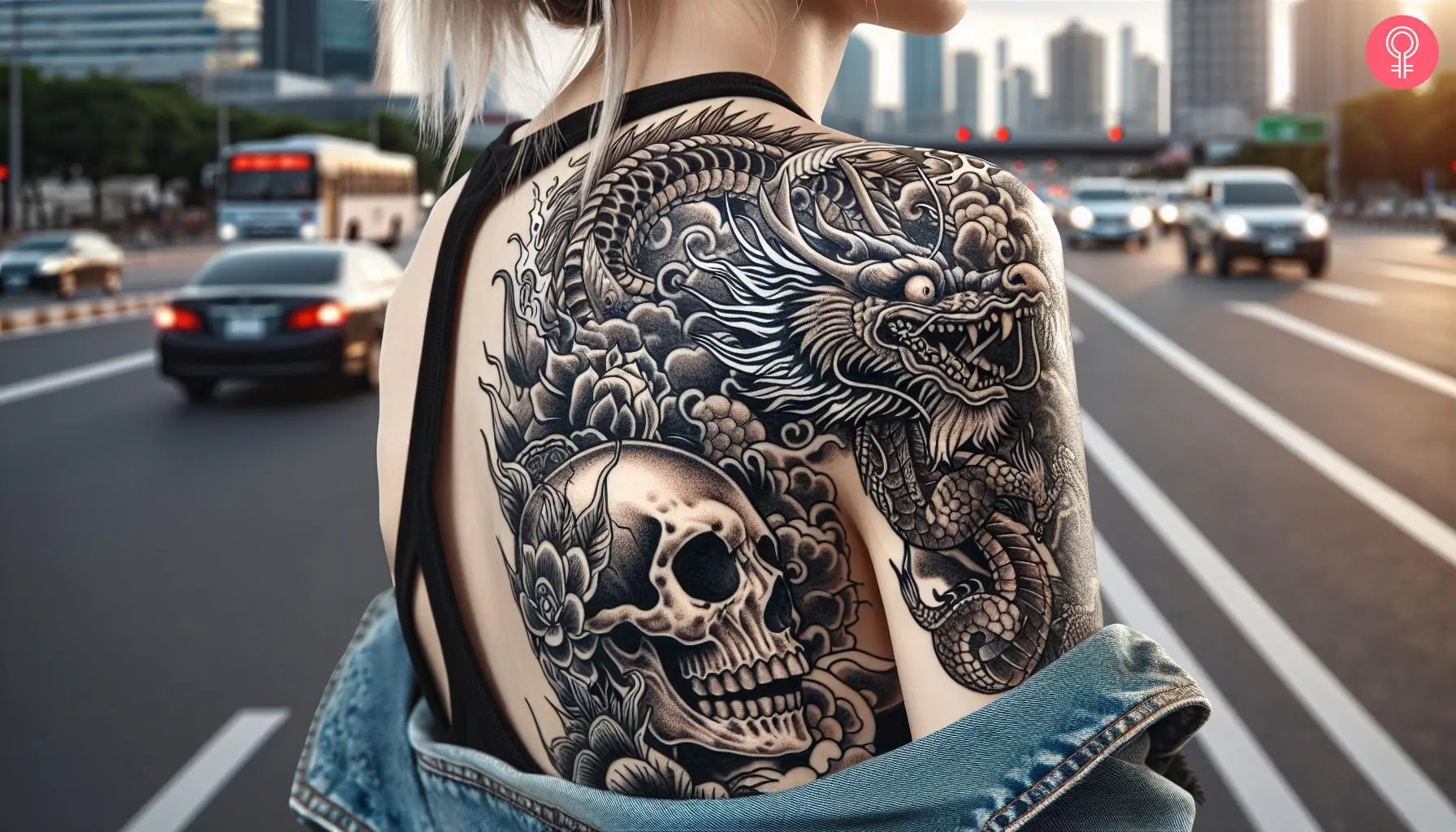
This back shoulder tattoo features a powerful interplay of Japanese symbolism. A black skull is rendered in profile. Coiled above it, a menacing black dragon with a knowing side-face twists and turns. The background features black-shaded flowers, possibly cherry blossoms.
6. Japanese Skull Sleeve Tattoo
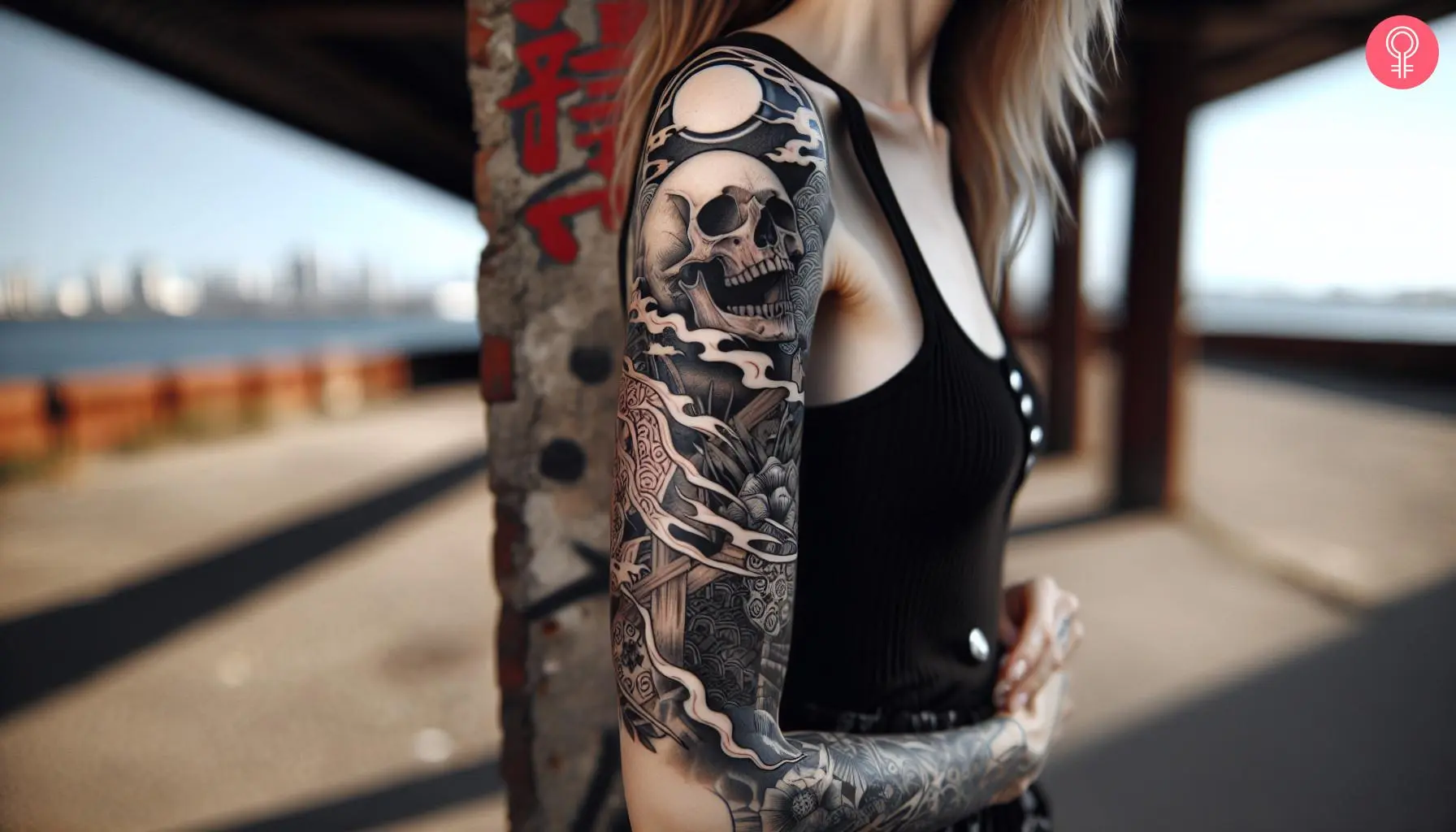
This full-sleeve tattoo features a hauntingly beautiful exploration of Japanese tradition. A black skull gazes out from a backdrop of a black night sky. Above it, a full moon casts a gentle glow. Below the skull, wispy white clouds drift past flowers. It symbolizes life’s fleeting beauty.
7. Japanese Skull Warrior Tattoo
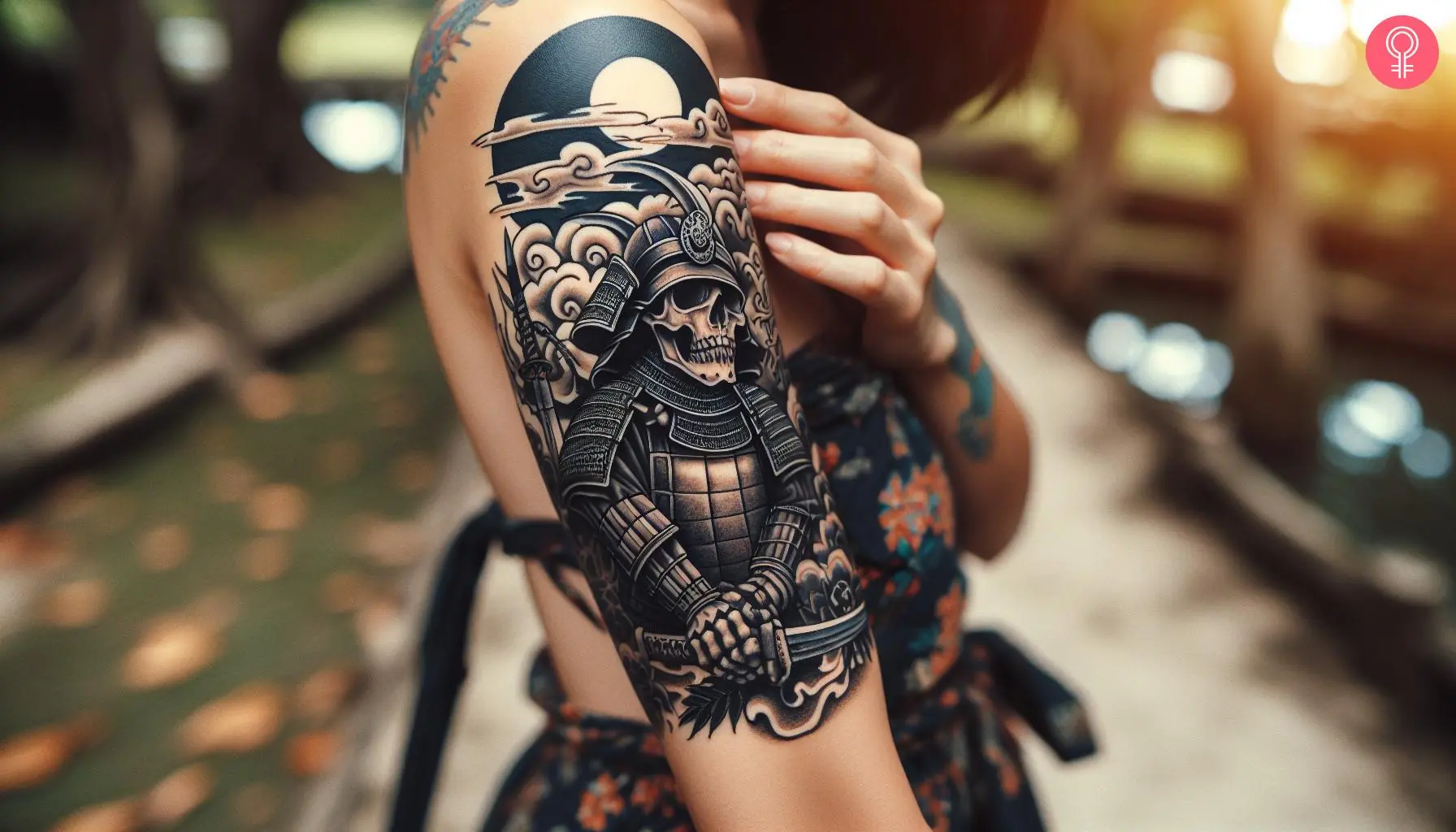
This upper arm tattoo features a black skull that replaces the head of a samurai clad in traditional armor. The samurai’s stance is resolute, his hand gripping a thin sword blade. The scene unfolds beneath a full moon, depicted in a classic Japanese style with soft shading. Wispy clouds drift across the night sky and add a sense of mystery.
8. Japanese Cherry Blossom Skull Tattoo
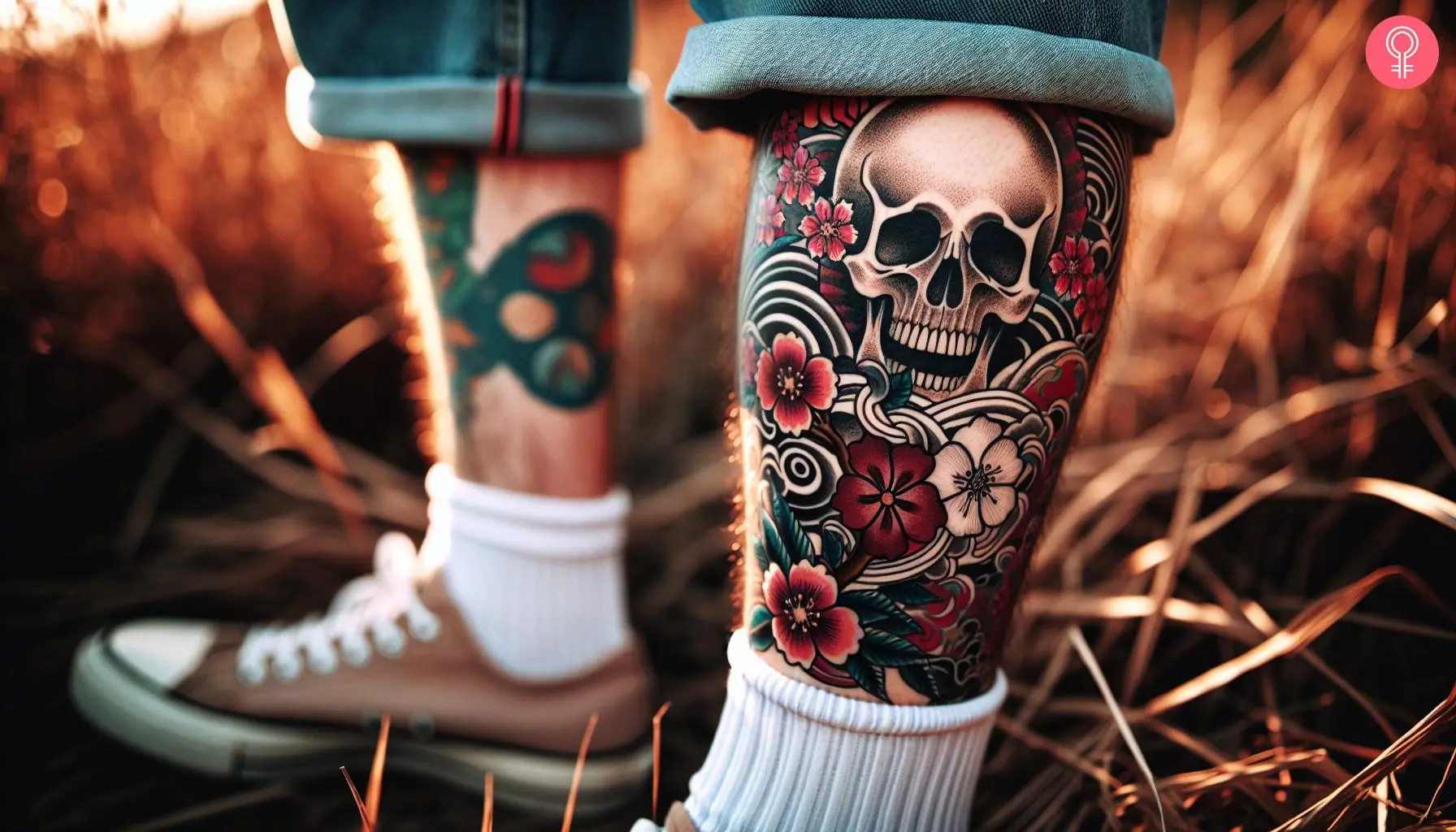
This calf tattoo features a skull with its gaze fixed forward. Delicate pink and black cherry blossoms surround the skull. The juxtaposition of the skull and the cherry blossoms creates a powerful message. They represent the beauty that can be found even in the face of mortality.
The Japanese skull is not a symbol of fear, but rather a reminder of life’s impermanence and the importance of living fully in the present moment. These tattoos beautifully intertwine the concepts of life, death, and rebirth. Whether serving as a reminder of one’s strength, a marker of personal transformation, or a protective talisman, these Japanese skull tattoos resonate deeply with those who wear them. With this permanent reminder etched on your skin, you carry not just a skull, but a powerful message about embracing life’s journey, honoring the past, and clasping the transformative spirit that lies within.
Read full bio of Ruslan Millinhton
Read full bio of Shreya Mukherjee
Read full bio of Arshiya Syeda
Read full bio of Gracia Odile





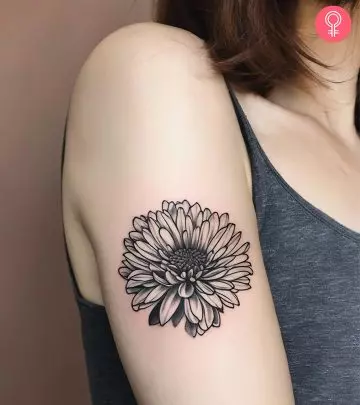
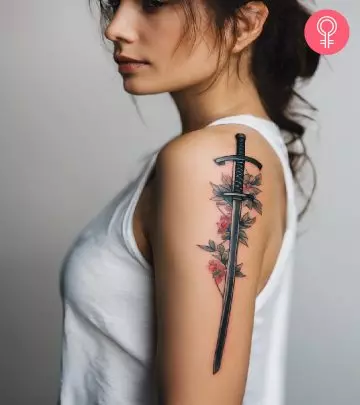
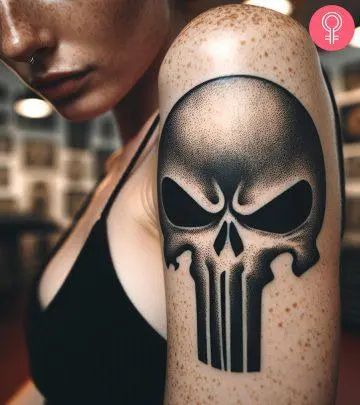

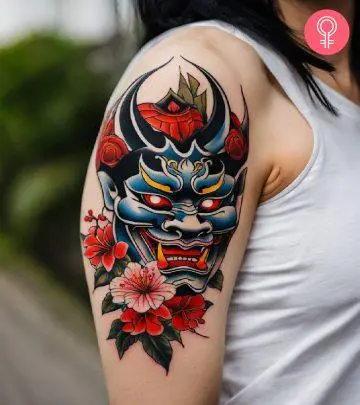

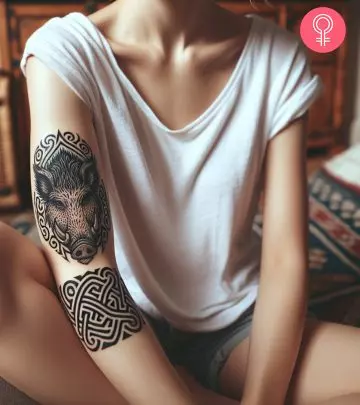
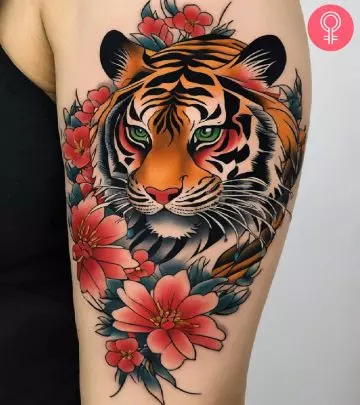
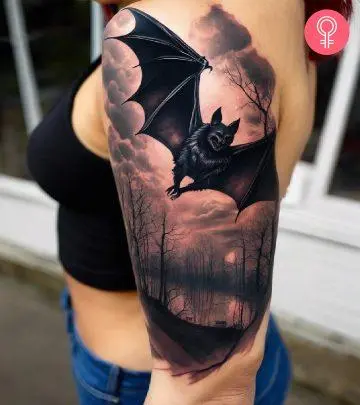


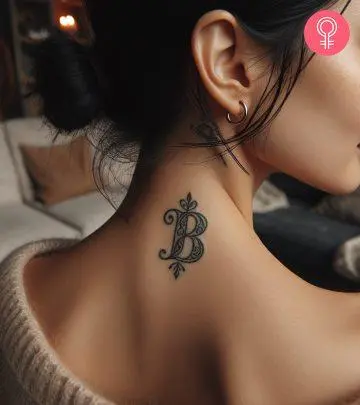
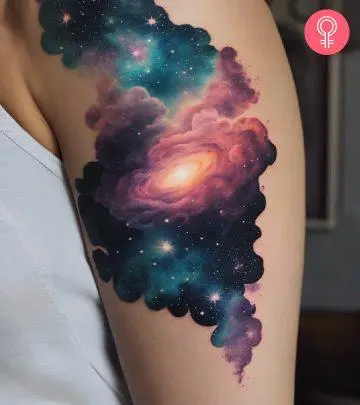
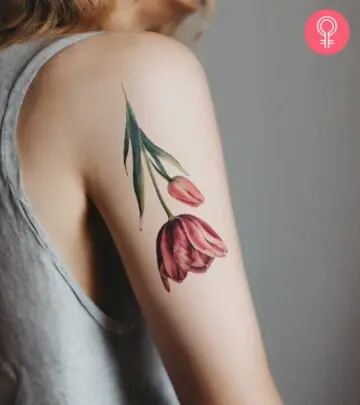


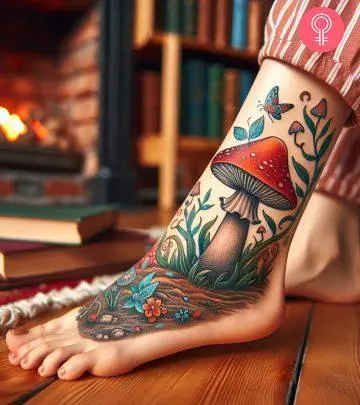
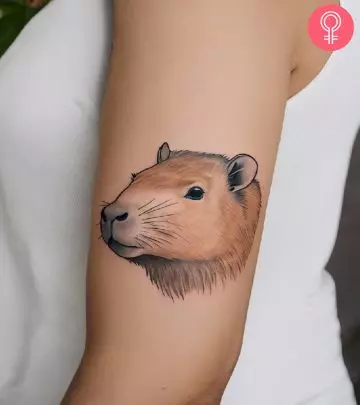

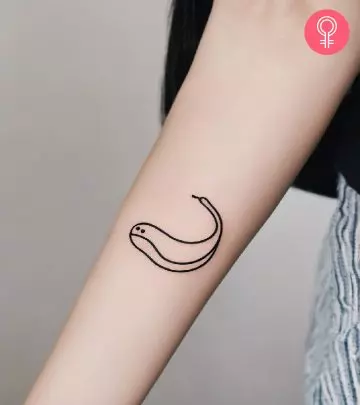

Community Experiences
Join the conversation and become a part of our empowering community! Share your stories, experiences, and insights to connect with other beauty, lifestyle, and health enthusiasts.